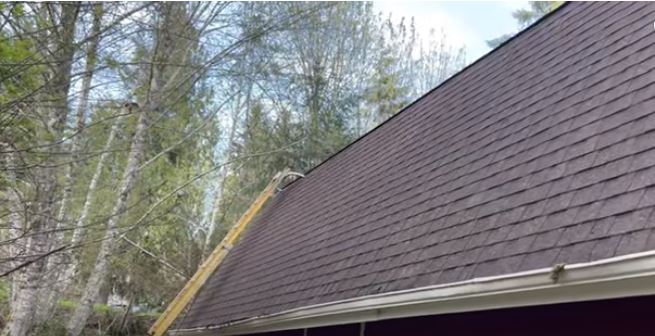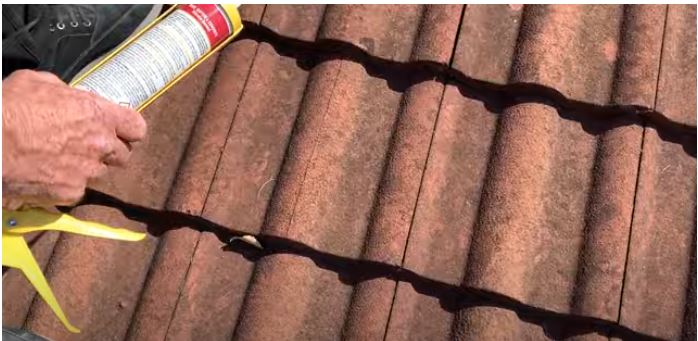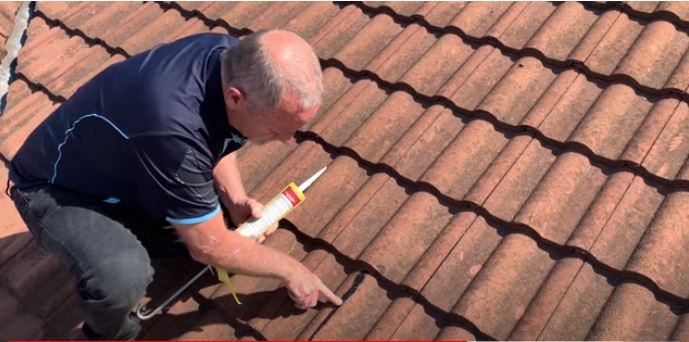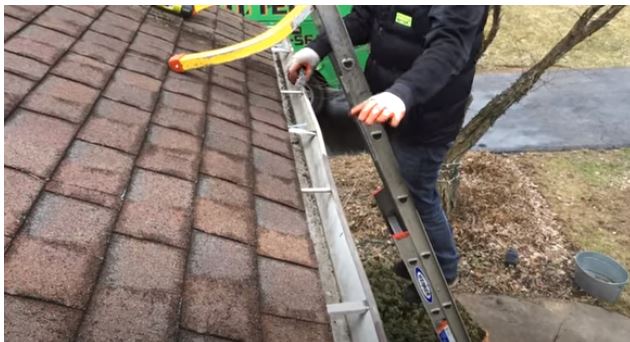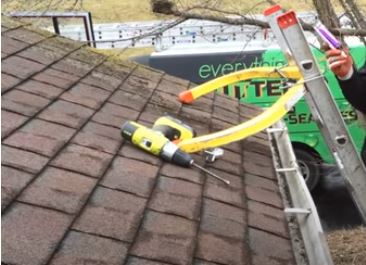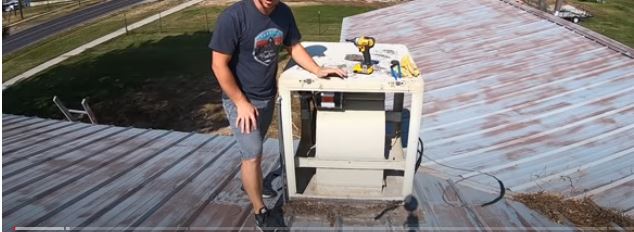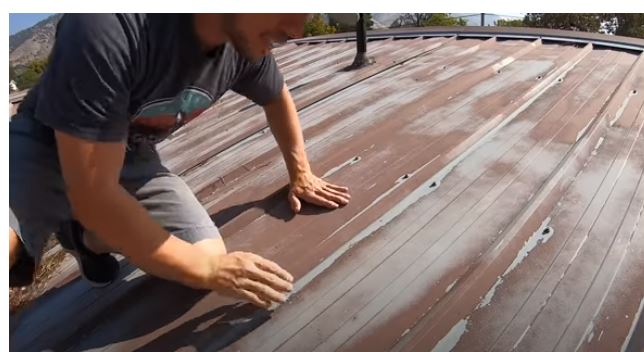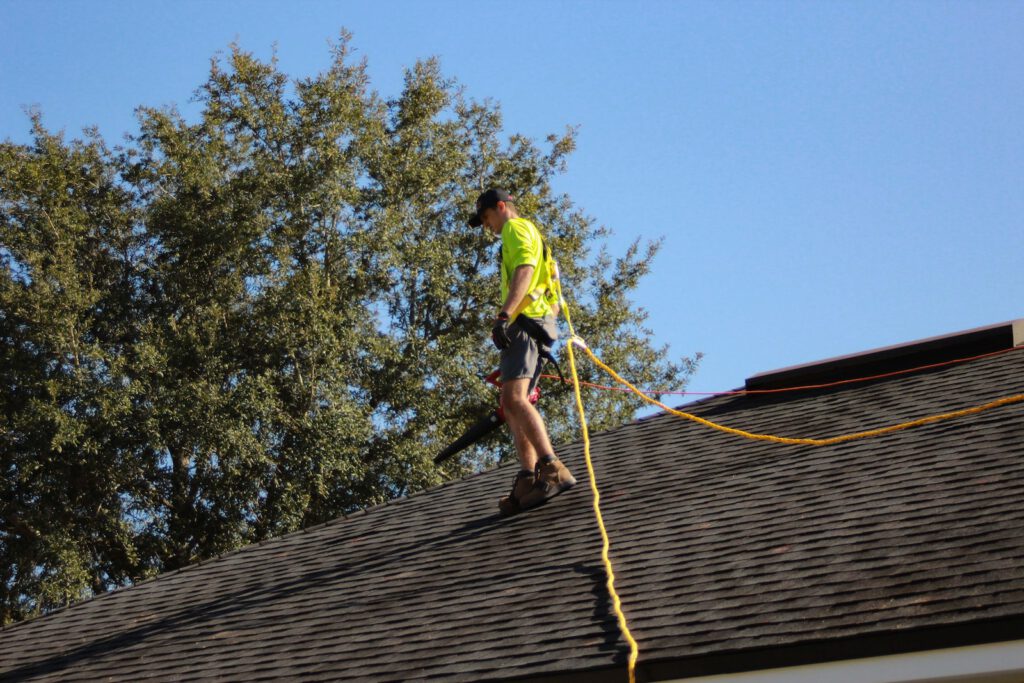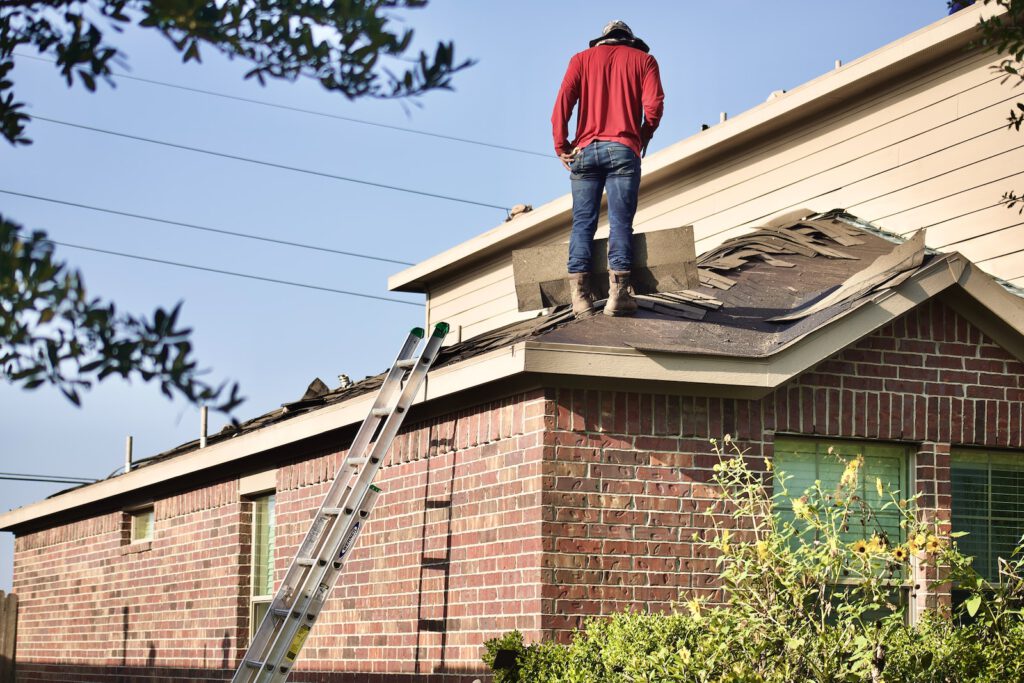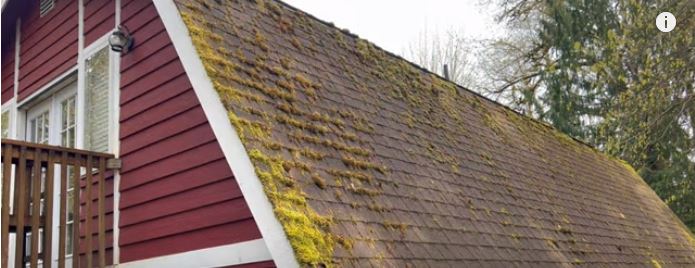
Keeping it Level: The Art and Science Behind Flat Roofing
Flat roofing has emerged as a quintessential aspect of modern architecture, providing both aesthetic appeal and functional advantages. The sleek and streamlined appearance of flat roofs complements contemporary design trends. Additionally, flat roofs offer additional usable space for installations or recreational purposes. However, the design and maintenance of flat roofs involve numerous challenges and unique considerations that differentiate them from traditional pitched roofs.
I. Introduction
Flat roofing has become an integral part of modern architectural design. It not only enhances the aesthetic appeal of a building but also provides additional functional space for various purposes. However, the design and maintenance of flat roofs require a thoughtful blend of art and science. This article aims to delve into the intricacies of maintaining level flat roofs, exploring their design, construction, and upkeep to ensure durability and performance.
II. Understanding Flat Roof Systems
Contrary to common perception, flat roofs are not perfectly flat but have a slight pitch to facilitate water runoff. There are several types of flat roof systems, each with its unique characteristics and installation methods. These include built-up roofing (BUR), modified bitumen, and single-ply membranes like EPDM, PVC, or TPO.
While flat roofs offer advantages such as increased space and modern aesthetics, they also pose certain challenges. For instance, they are more vulnerable to water pooling, require higher maintenance, and have a shorter lifespan compared to sloped roofs.
Advantages of Flat Roof Systems:
- Increased usable space for installations or recreational purposes
- Modern and sleek aesthetic appeal
- Potentially lower installation costs compared to sloped roofs
Challenges of Flat Roof Systems:
- Increased vulnerability to water pooling
- Higher maintenance needs compared to sloped roofs
- Shorter lifespan compared to sloped roofs
III. Ensuring Proper Drainage
Proper drainage is paramount to the longevity and performance of flat roofs. Due to their minimal slope, flat roofs are prone to water pooling, which can lead to leaks, structural damage, and reduced lifespan. To efficiently channel water away from the roof surface, common drainage systems for flat roofs include interior drains, scuppers, and gutters.
Regular inspections are critical to ensuring the optimal functionality of these drainage systems. They help identify issues such as blockages or damage, allowing for timely repairs and preventing costly water damage.
Common Drainage Systems for Flat Roofs:
- Interior Drains: These drains are installed within the roof structure to collect and channel water to the building’s drainage system.
- Scuppers: Scuppers are openings or outlets on the edge of a flat roof that allow water to drain off the roof into downspouts or gutters.
- Gutters: Gutters are installed along the edges of the roof to collect and channel water away from the building.
IV. Materials and Construction Techniques
Choosing the right materials is a crucial aspect of flat roofing projects. Commonly used materials include asphalt, EPDM (ethylene propylene diene monomer) rubber, and TPO (thermoplastic olefin) membranes. High-quality materials contribute to the roof’s durability, weather resistance, and overall performance.
Construction techniques for flat roofs involve more than just laying down the roofing material. Insulation and vapor barriers are crucial components for maintaining indoor temperature and preventing moisture-related issues. Proper installation of insulation and vapor barriers ensures the effectiveness and longevity of the roof.
Commonly Used Materials for Flat Roofs:
- Asphalt: Asphalt is a popular choice due to its affordability, durability, and ease of installation.
- EPDM Rubber: EPDM rubber is known for its excellent weather resistance and longevity.
- TPO Membranes: TPO membranes provide a cost-effective and environmentally friendly option with their energy-saving properties.
Construction Techniques for Flat Roofs:
- Proper installation of insulation to maintain indoor temperature
- Installation of vapor barriers to prevent moisture-related issues
V. Maintenance and Repair
Regular maintenance is essential for extending the lifespan of a flat roof. This includes routine cleaning to remove debris, checking and resealing seams, and inspecting for signs of damage or wear. Over time, flat roofs may develop common issues such as blisters, cracks, or punctures, which can be addressed effectively with timely repairs.
Importance of Regular Maintenance for Flat Roofs:
- Extends the lifespan of the roof
- Prevents costly repairs and water damage
- Identifies and addresses issues early on
Common Issues with Flat Roofs:
- Blisters: Blisters occur when air or moisture becomes trapped under the roofing material, causing bubbles to form.
- Cracks: Cracks can develop due to temperature fluctuations, aging, or improper installation.
- Punctures: Punctures can occur from foot traffic, falling debris, or accidental damage.
VI. Energy Efficiency and Sustainability
Flat roofs offer significant energy-saving benefits. Their design allows for the easy installation of solar panels, which can generate renewable energy for the building. Additionally, there are several eco-friendly options for flat roofing materials, such as recycled rubber or plastic.
Insulation and reflective coatings play a crucial role in enhancing the energy efficiency of flat roofs. Proper insulation reduces heat transfer, helping maintain a stable indoor temperature. Reflective coatings reflect sunlight, reducing the heat absorbed by the roof.
Energy-Saving Benefits of Flat Roofs:
- Easy installation of solar panels for renewable energy generation
- Availability of eco-friendly roofing materials
- Insulation reduces heat transfer, maintaining a stable indoor temperature
- Reflective coatings reduce heat absorption by the roof
VII. Hiring Professionals for Flat Roofing Projects
Engaging qualified and experienced contractors is crucial for any flat roofing project. These professionals have the knowledge and skills to ensure proper installation and maintenance, maximizing the roof’s performance and lifespan. When looking for a flat roofing specialist, consider their reputation, experience, and the quality of materials they use.
Before hiring a contractor, ask about their experience with flat roofing, the techniques they use, and the warranties they offer. It’s also important to consider factors such as cost, timeline, and the contractor’s communication style.
Factors to Consider when Hiring a Flat Roofing Contractor:
- Reputation and experience
- Quality of materials used
- Techniques employed during installation and maintenance
- Warranties offered by the contractor
- Cost and timeline of the project
- Communication style of the contractor
VIII. Conclusion
Flat roofing requires a comprehensive approach that combines aesthetic considerations with technical expertise. From understanding different flat roof systems and the importance of proper drainage to selecting the right materials and construction techniques, it is evident that maintaining a level flat roof involves both art and science.
The importance of regular maintenance, the potential for energy efficiency, and the need for professional involvement further highlight the multifaceted nature of flat roofing. With proper design, installation, and upkeep, flat roofs can provide lasting value, contributing significantly to the integrity and longevity of a building.

